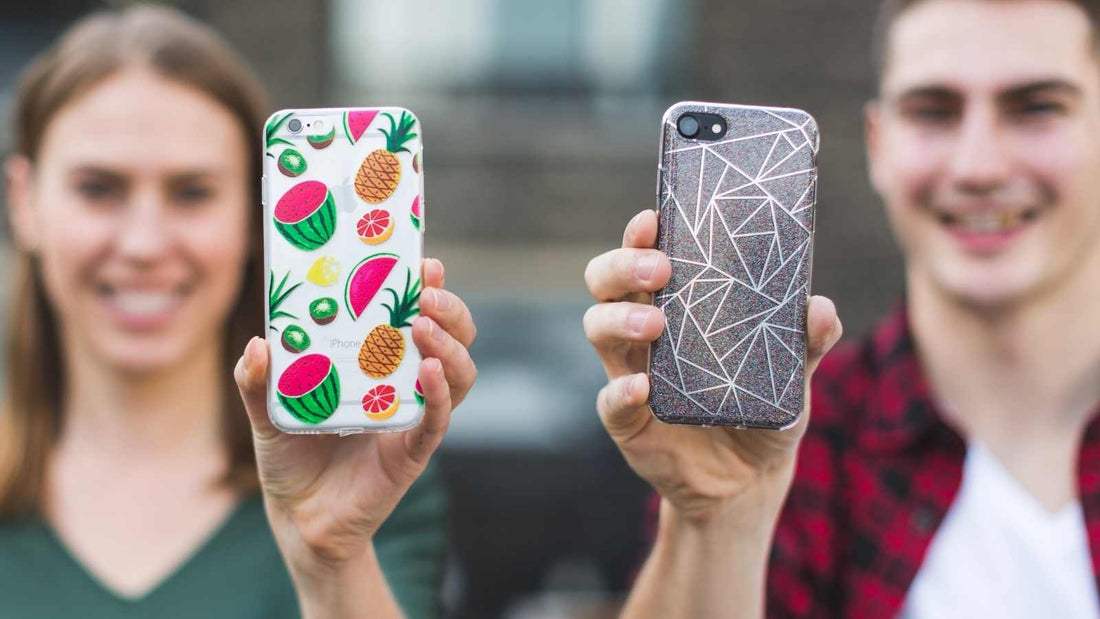How Long Do DTF Transfers Last ?

Direct to Film (DTF) transfers have become a popular method for creating durable and versatile prints on various textiles. Typically, these prints offer a lifespan of two to three years without significant fading. However, with meticulous care and protection from environmental elements such as direct sunlight, moisture and excessive heat. Their longevity can extend up to five years or more. Proper storage plays a crucial role in preserving the vibrancy and integrity of DTF prints. This ensures they remain a preferred choice for both personal and commercial applications seeking long-lasting print quality.
An In-Depth Look
Direct to Film (DTF) transfers stand out for their resilience, attributed to the quality of materials used in their creation. Moreover, the meticulous application process plays a pivotal role. Specifically, the longevity of DTF transfers is influenced by several key components:
- The quality of transfer paper or film
- The type of ink utilized
- The fabric onto which the transfer is applied
- The methods employed in washing and drying the garment
High-quality materials ensure that DTF transfers can withstand the rigors of use without succumbing to fading, cracking, or peeling. Furthermore, these transfers excel in delivering exceptional color vibrancy, clarity and detail. Consequently, when applied correctly to compatible fabrics, DTF transfers exhibit remarkable durability. Additionally, adhering to recommended washing and drying techniques significantly extends their lifespan. Therefore, the endurance of DTF transfers is a testament to the synergy between superior materials and proper care.
Influences on DTF Transfer Lifespan
The durability of DTF (Direct to Film) transfers is not solely dependent on a single factor. Initially, the type of fabric plays a pivotal role. Natural fibers such as cotton or silk typically outlast synthetic counterparts like polyester or nylon. This difference in longevity is crucial for maintaining the vibrancy and integrity of designs. Furthermore, the method of garment care significantly impacts the lifespan of DTF transfers. Abrasive washing techniques, coupled with the use of high heat during drying, can accelerate the degradation process. Harsh detergents are also known to contribute to the fading, cracking, or peeling of designs. Lastly, the choice of ink or transfer material is paramount. High-quality inks and transfer materials are more adept at resisting the adverse effects of fading, cracking and peeling over time. These elements together determine the enduring nature of DTF transfers, highlighting the importance of mindful selection and maintenance practices.
Selecting the Optimal Textile for Your Endeavor
The durability of DTF (Direct to Film) transfers heavily relies on the material chosen for printing. Cotton and polyester blends stand out for their ability to maintain quality over time, making them ideal candidates for projects seeking longevity. Conversely, delicate fabrics like silk and nylon present challenges. These materials require specialized care or may not be compatible with DTF printing processes at all. Therefore, understanding the nuances of fabric characteristics plays a crucial role in the outcome of a DTF project. Notably, the selection process should not be taken lightly. Each textile brings its unique set of requirements and potential limitations. For instance:
- Cotton offers a robust canvas for DTF applications, ensuring prints remain vibrant.
- Polyester mixes provide a versatile foundation, accommodating the DTF ink with minimal degradation.
- Silk demands cautious handling, often necessitating alternative methods or avoidance in DTF projects.
- Nylon, with its specific care needs, might limit the efficacy of DTF transfers, posing a risk to print fidelity.
In essence, the longevity of DTF transfers is significantly influenced by the textile choice. Opting for materials that align with the printing technique’s demands guarantees superior durability and satisfaction in the final product.
Durability of DTF Prints on Apparel
The lifespan of Direct to Film (DTF) prints on garments is a subject of much variability. Factors such as the quality of the DTF transfer itself, the material of the clothing, and the maintenance routine significantly impact longevity. Notably, the caliber of the transfer plays a pivotal role. High-grade transfers, when coupled with compatible fabrics, enhance durability. Moreover, the fabric's nature influences the transfer's adherence and, consequently, its wear over time. Additionally, the regimen followed for garment care stands as a crucial determinant. Proper washing and drying methods can extend the life of DTF prints significantly.
Key Influences on DTF Longevity:
- Quality of the DTF transfer
- Type of fabric used
- Care and maintenance practices
Therefore, while some DTF prints may show signs of wear after minimal washes, others, with diligent care, can remain vibrant for extended periods. This variability underscores the challenge in predicting the exact lifespan of DTF transfers on shirts.

